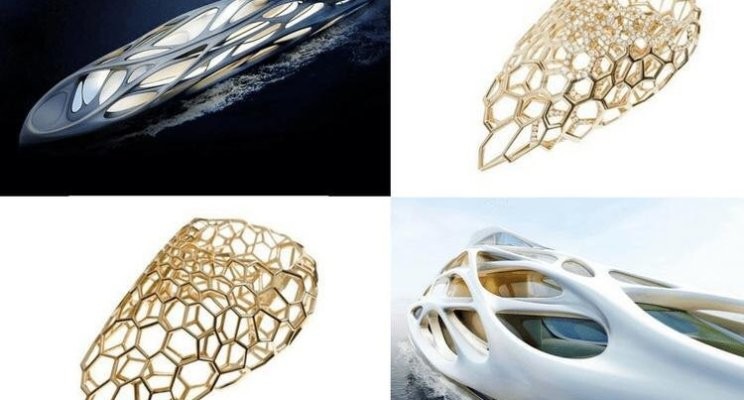The Luxury Demand for goods is still unbroken. Despite the recent economic turmoil and geopolitical issues around the globe, wealthy consumers’ enthusiasm for luxury remains undiminished.
That growth in high-end goods spending encompasses luxury items such as high-end accessories (such as jewelry, watches, and handbags), luxury brand cars, clothing, leather goods, as well as perfumes and cosmetics.
Besides tangible products, there are obviously also luxury services by high-quality service providers. Because luxury good sales keep surging, they present valid and particularly interesting avenues for investors to diversify their portfolios.
Investors should keep in mind that the luxury sector is not isolated from the same risks and failures experienced in other sectors.
According to S&P Dow Jones Indices LLC (2016), S&P’s Global Luxury Index tracks 80 of the biggest publicly traded business in the luxury(demand) sector that meets their specific requirements for investment.
As wealthy classes continue to trend towards spending in the luxury sector, more and more interesting options to diversify investment portfolios will emerge. With ETFs like those above introduced, intriguing options continue to emerge for investors to capitalize on such spending patterns.

